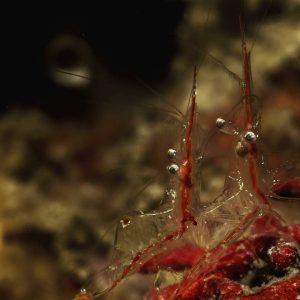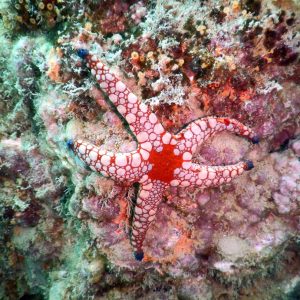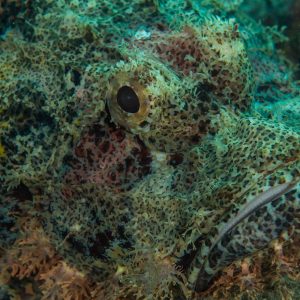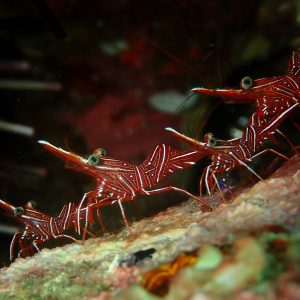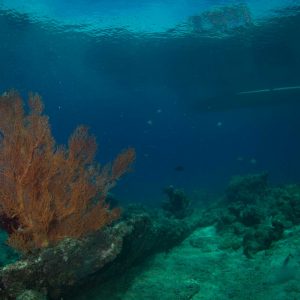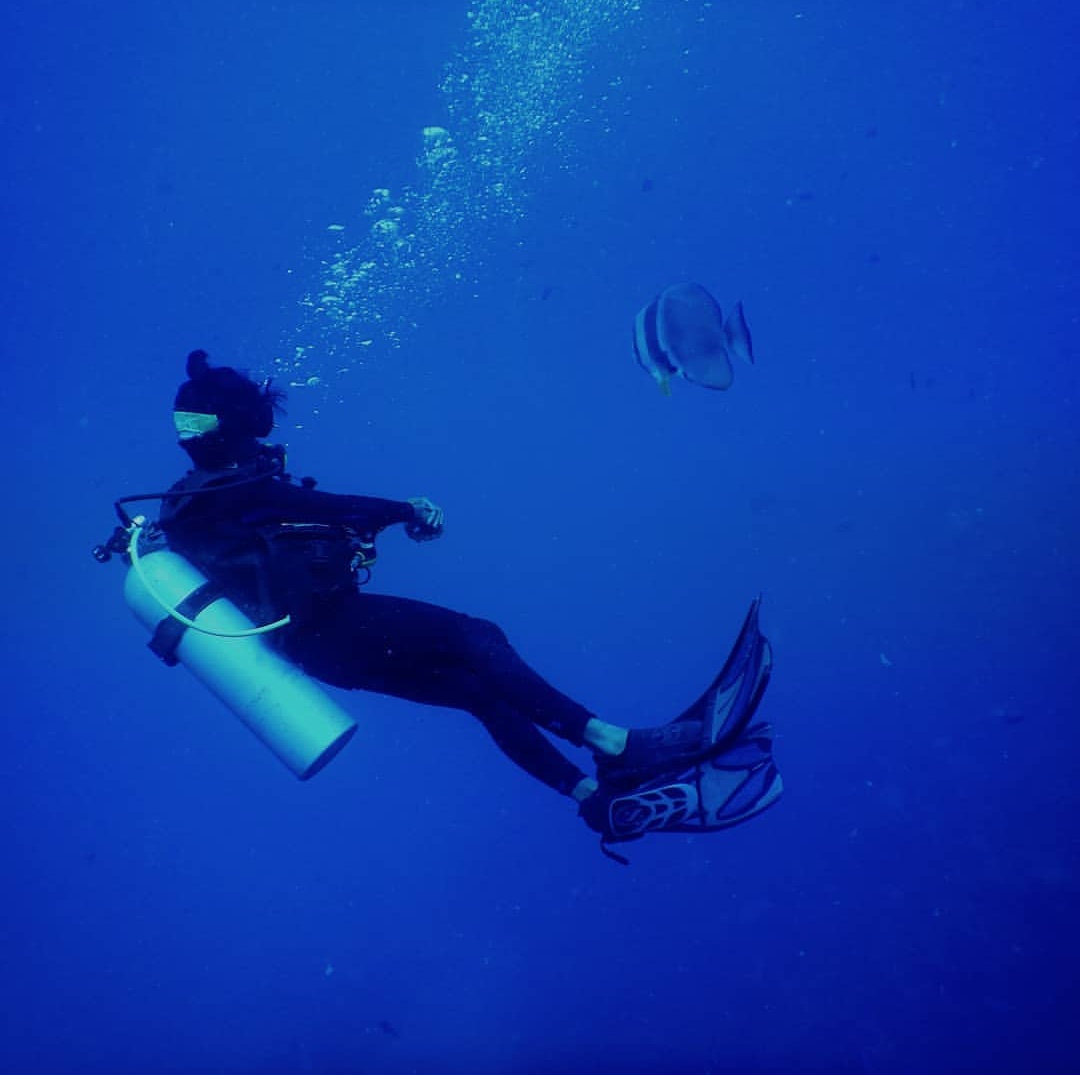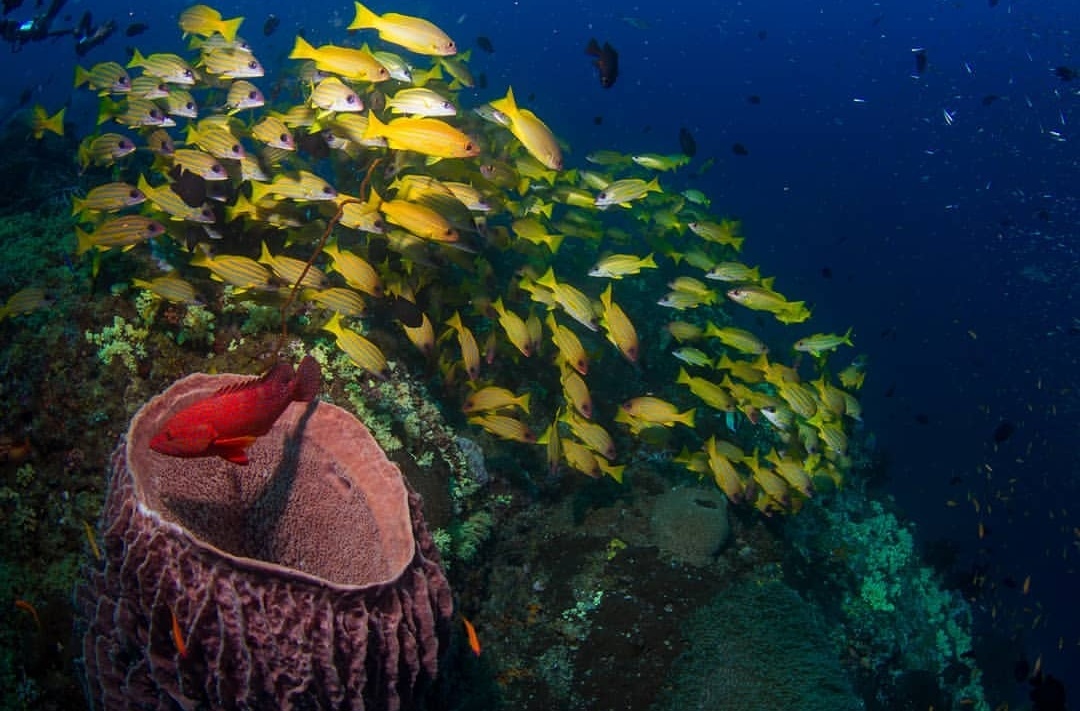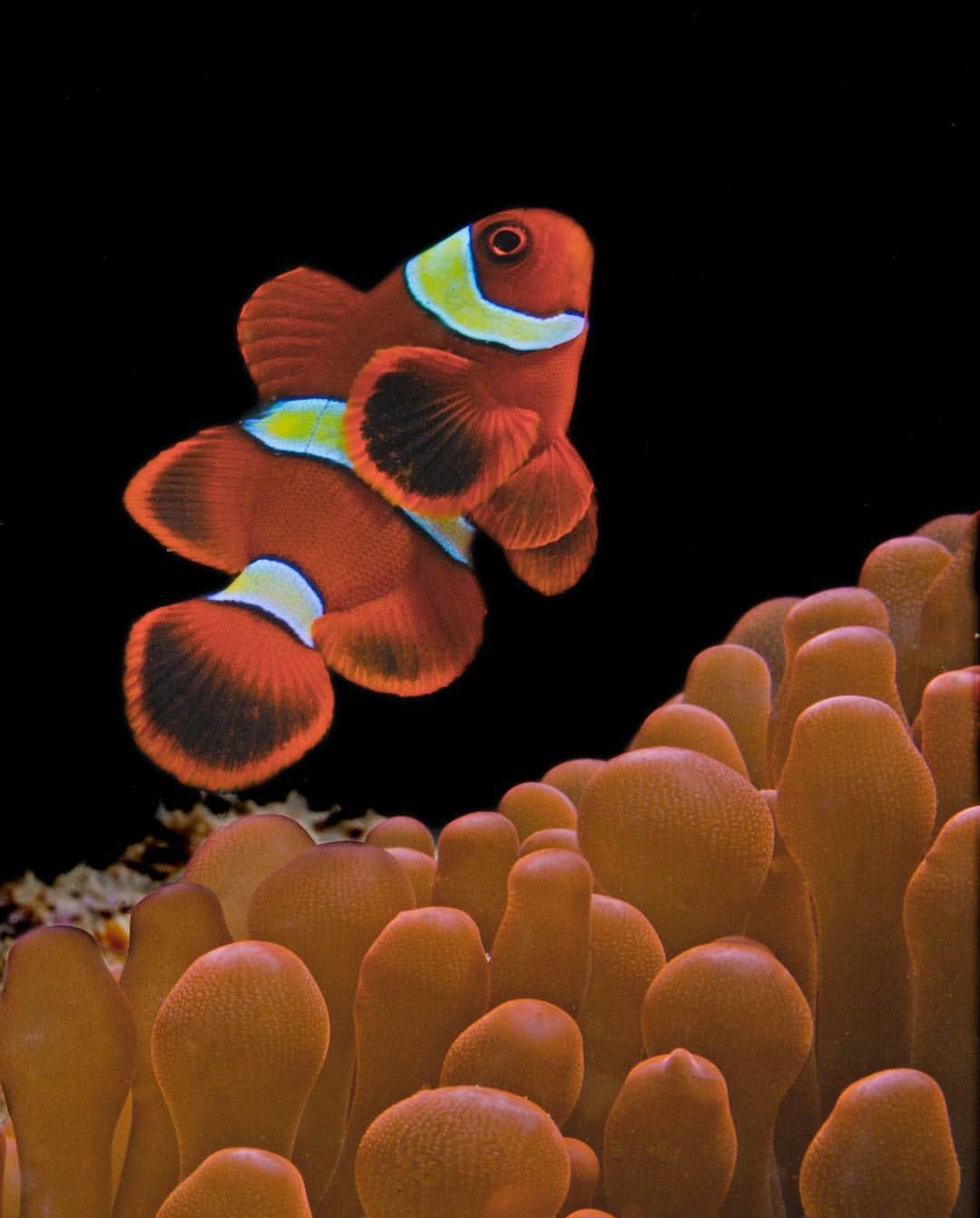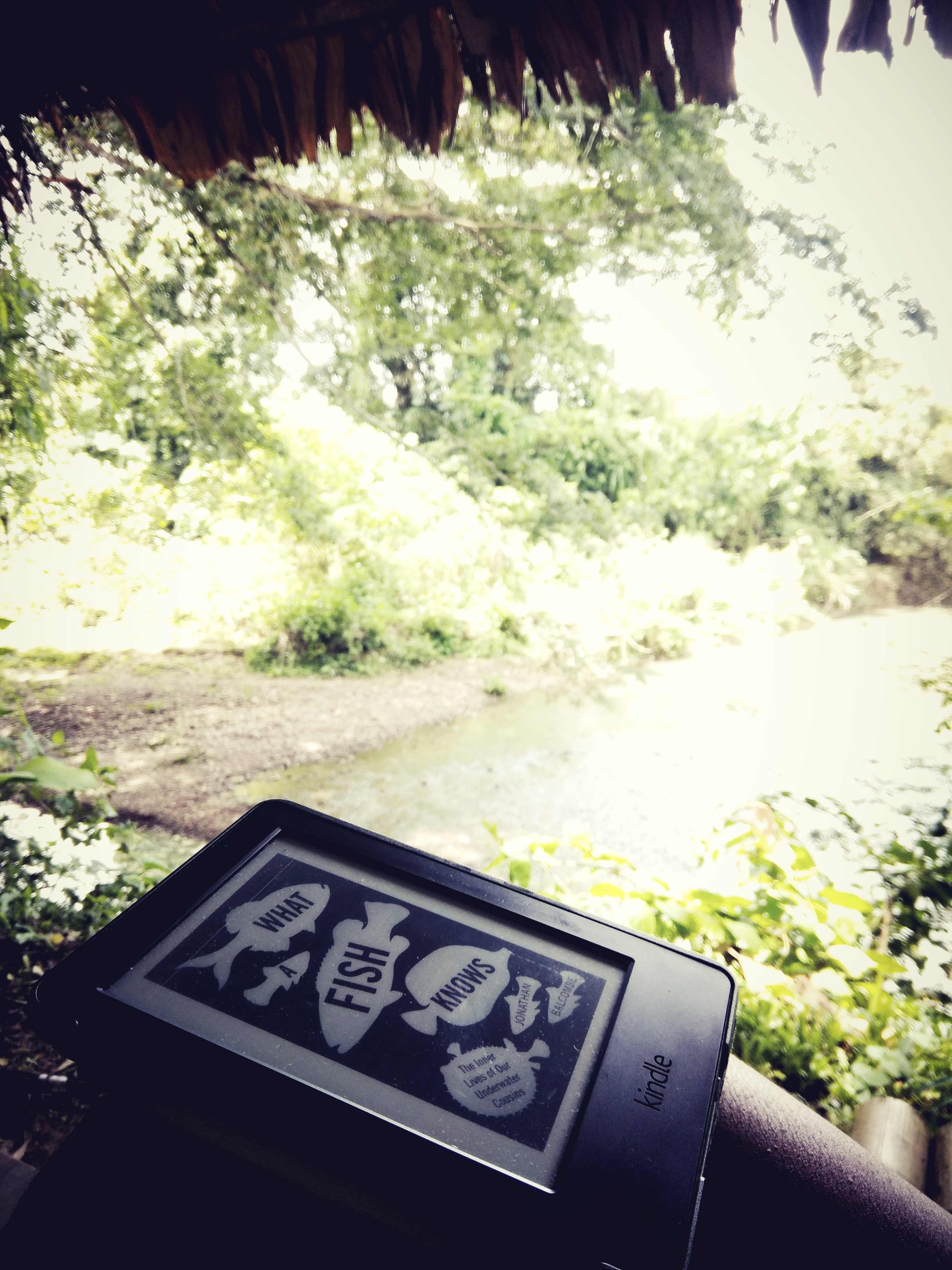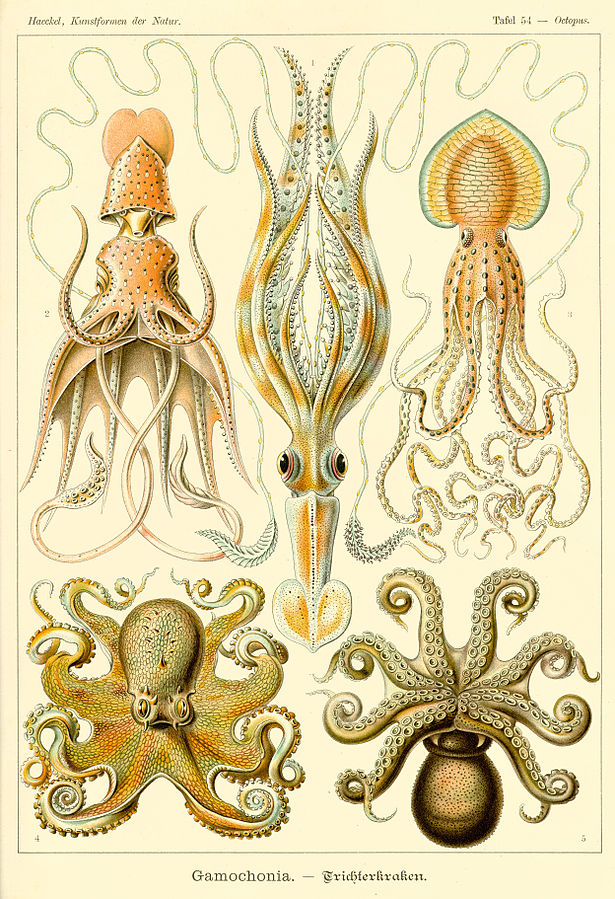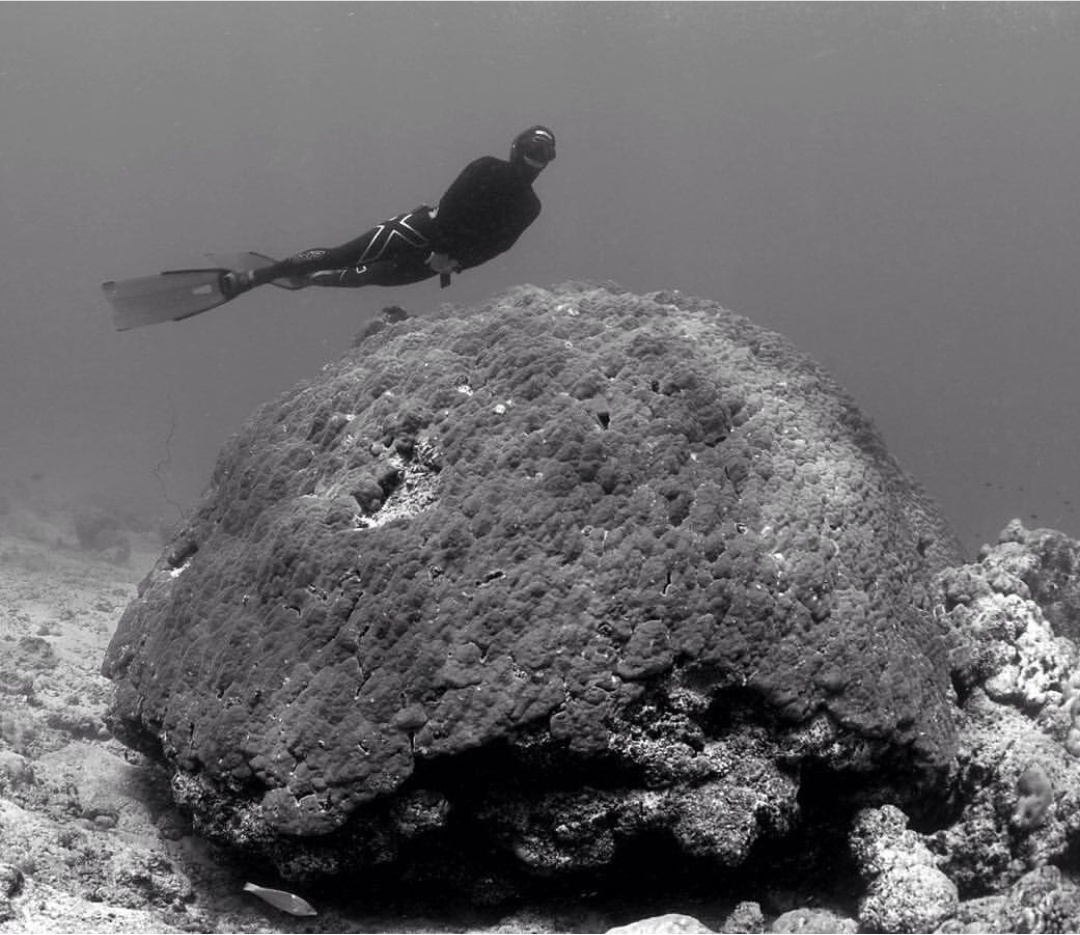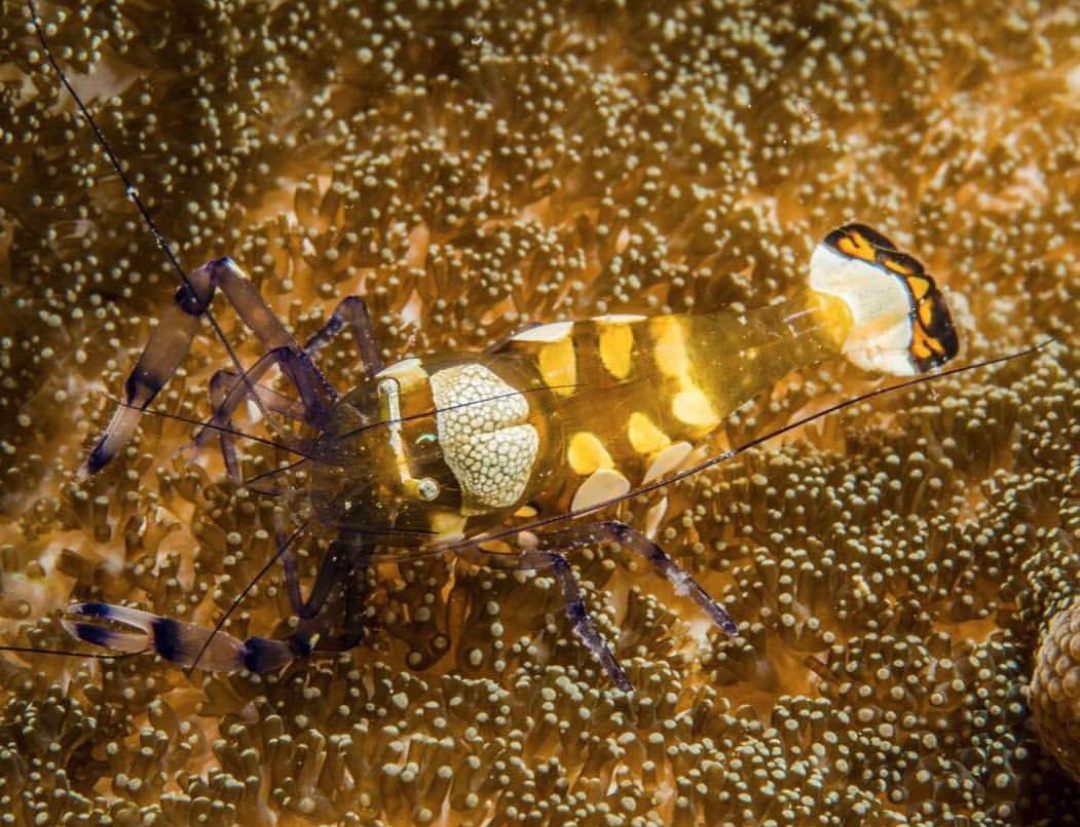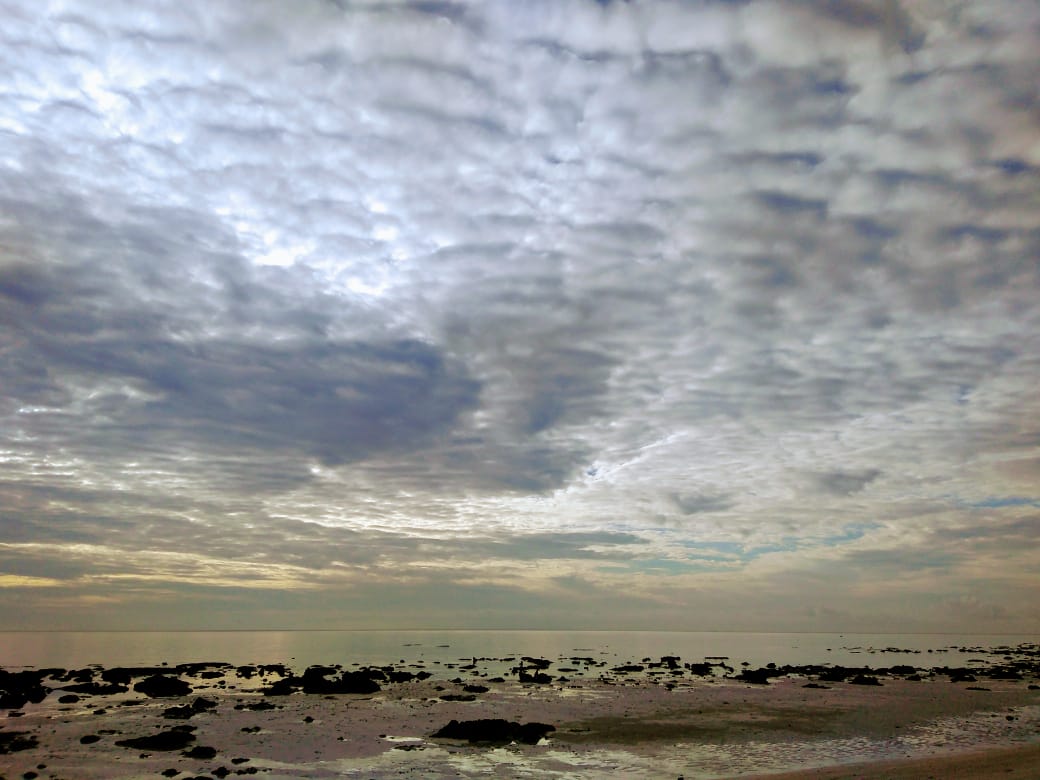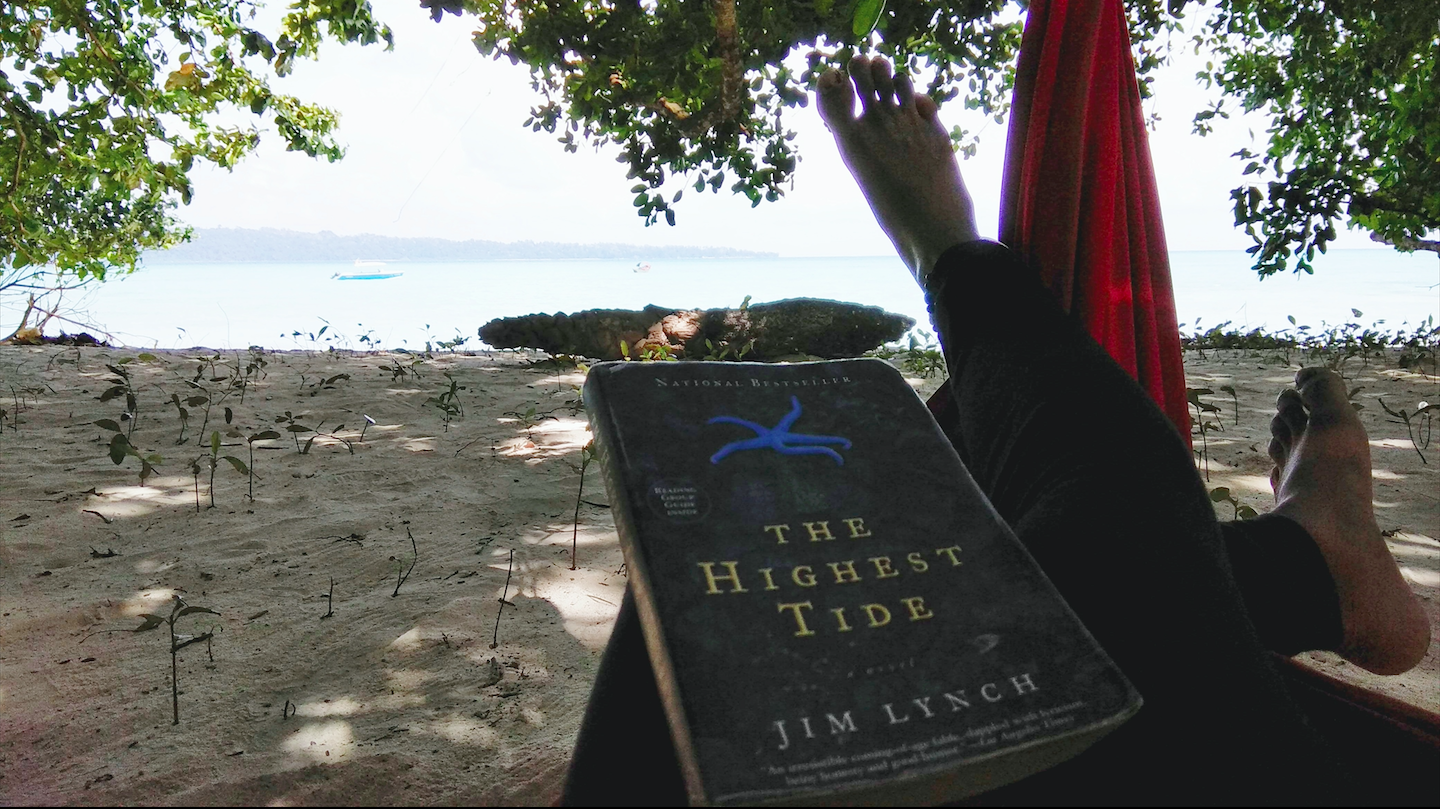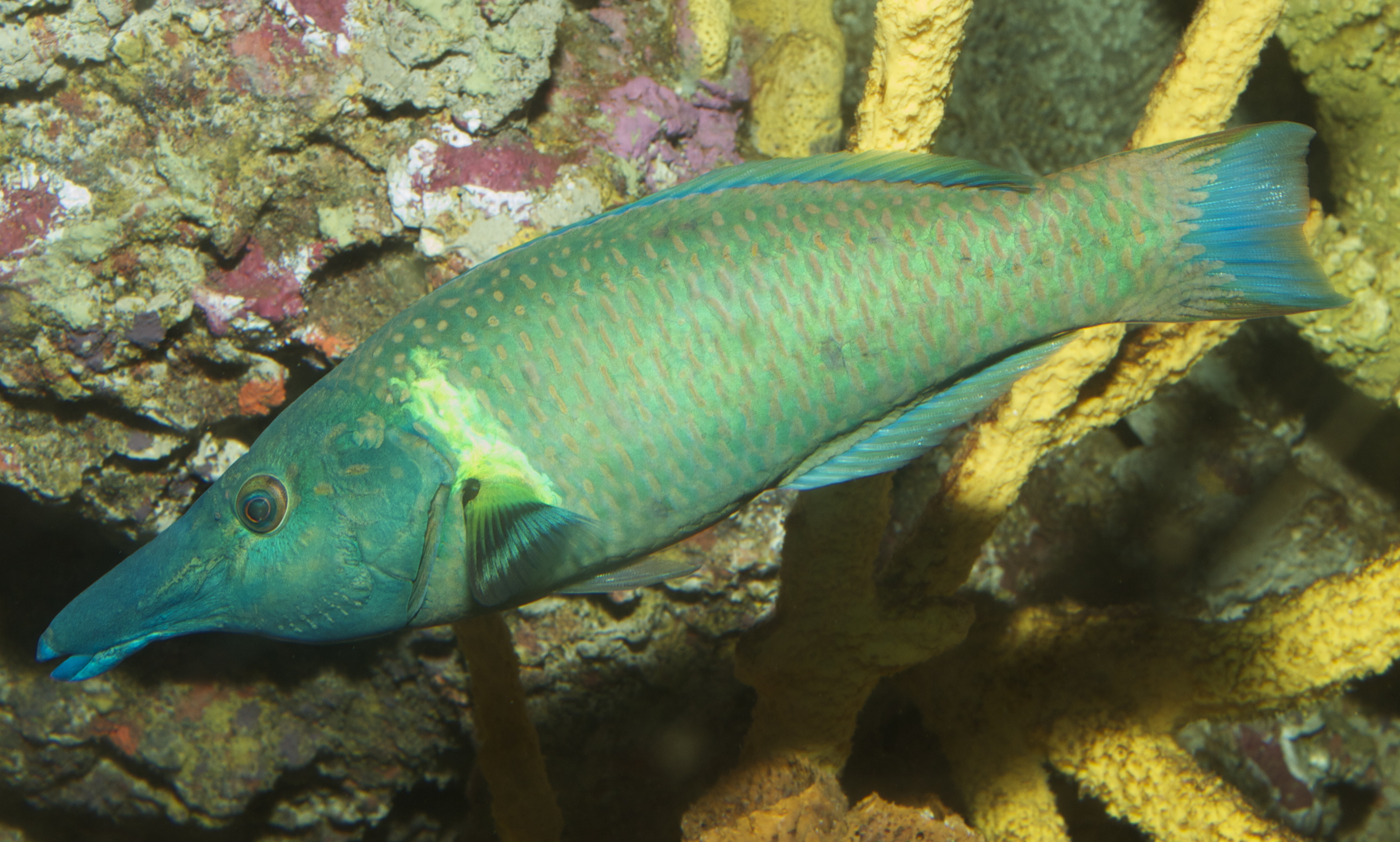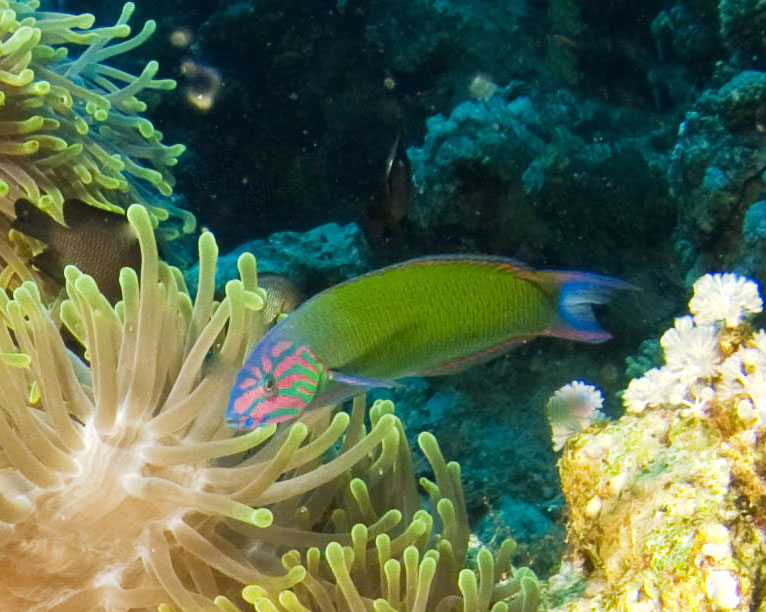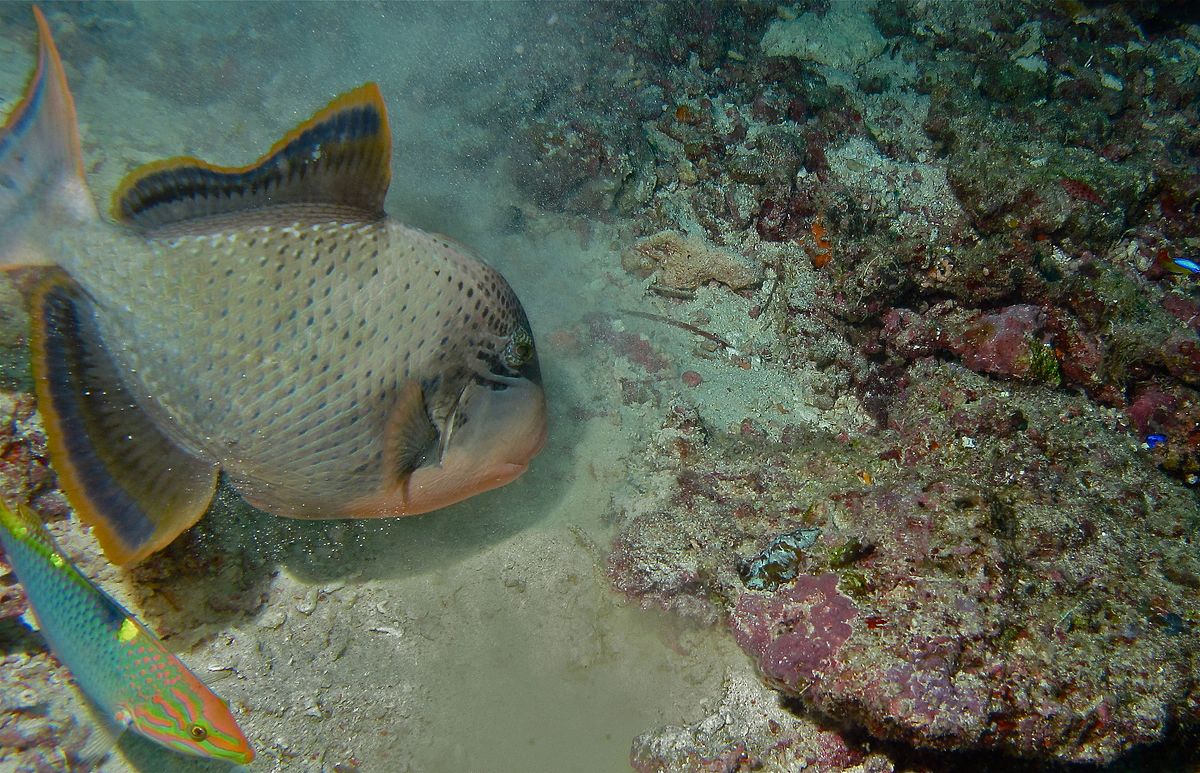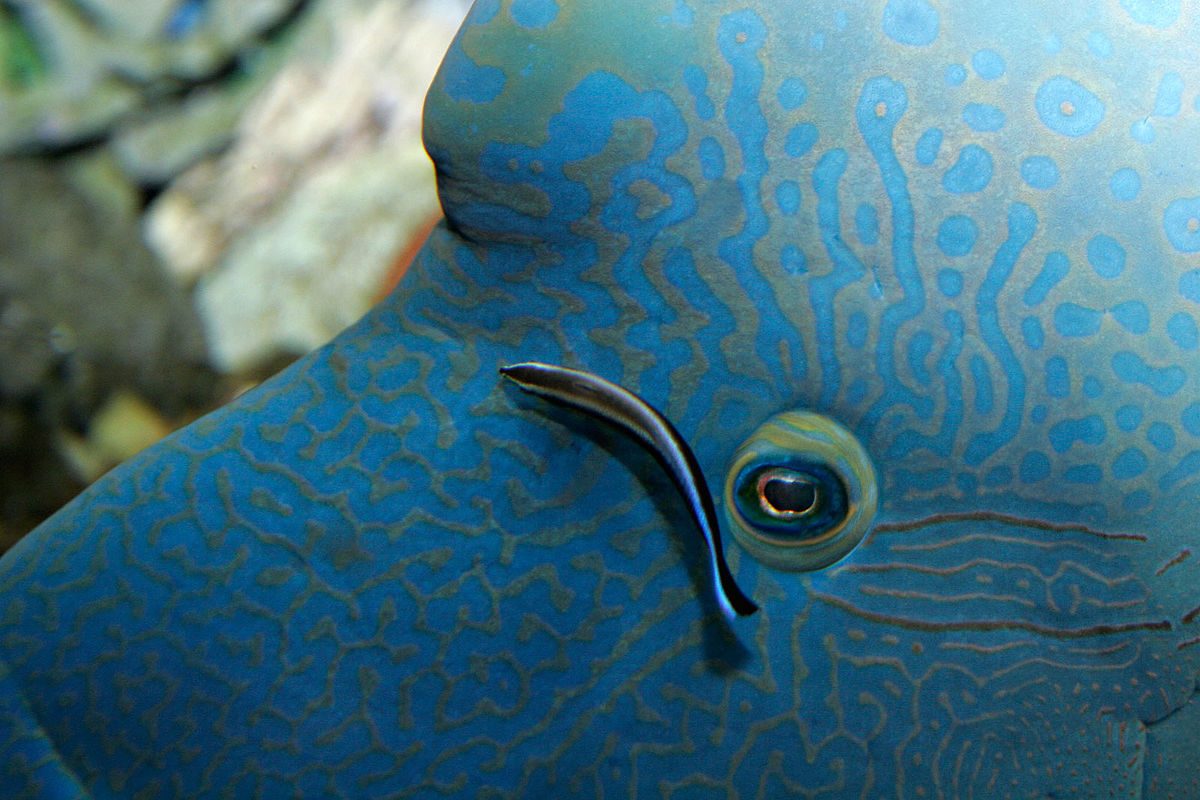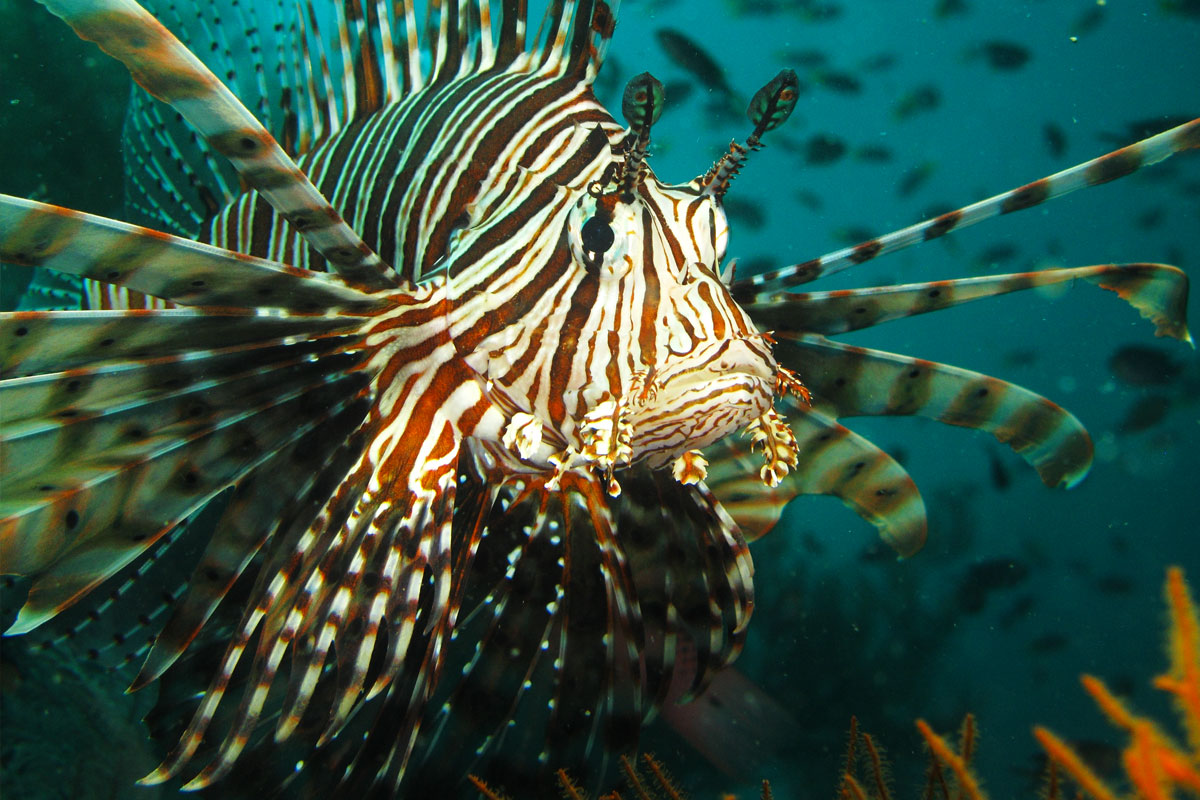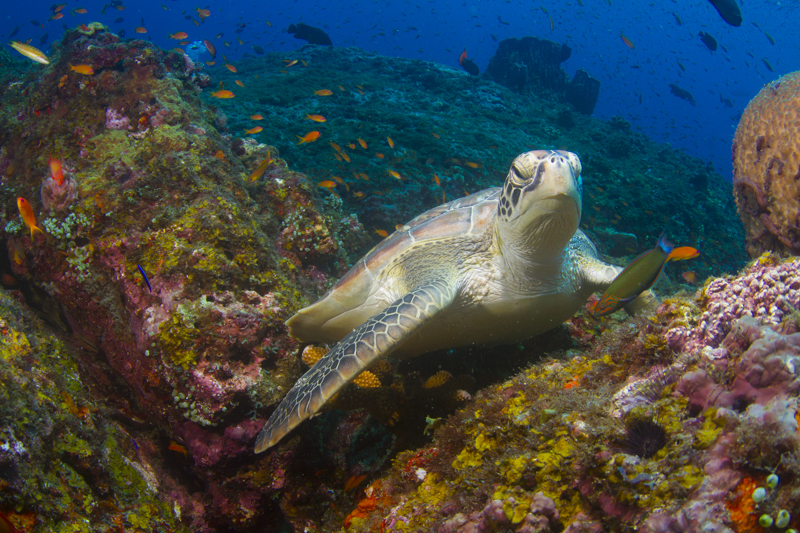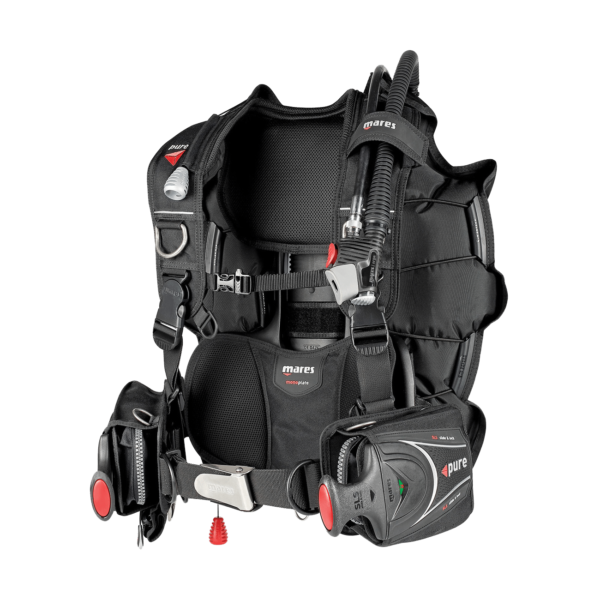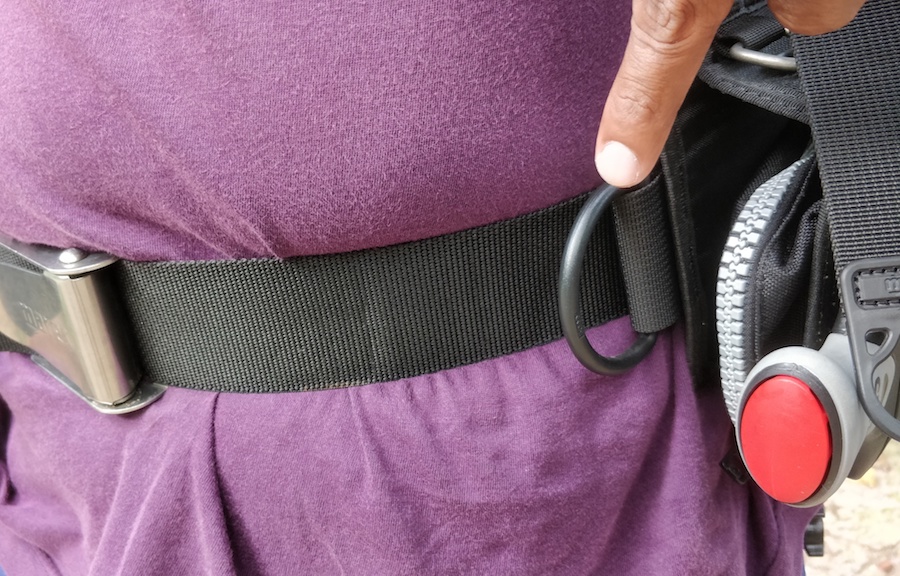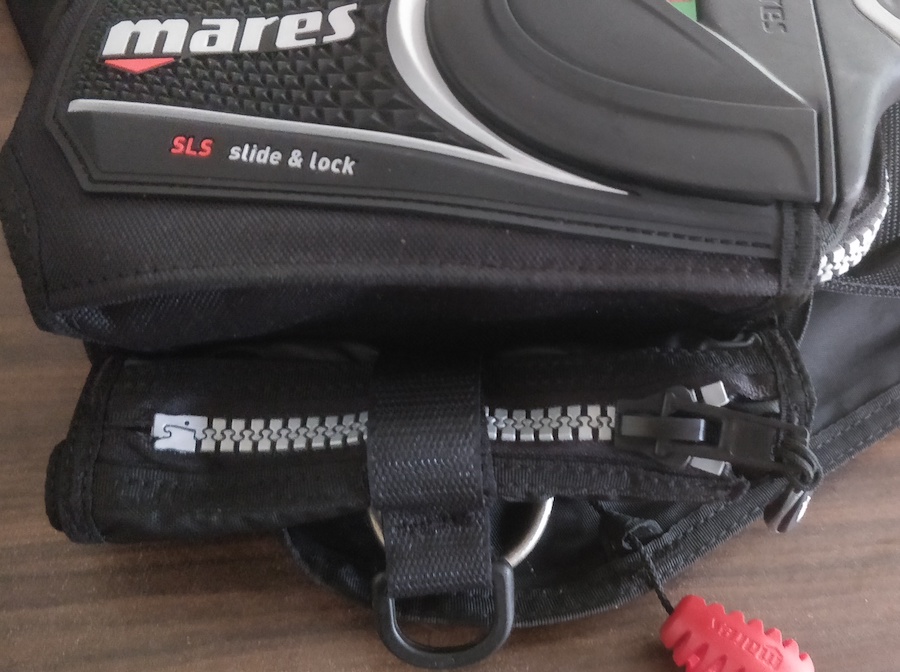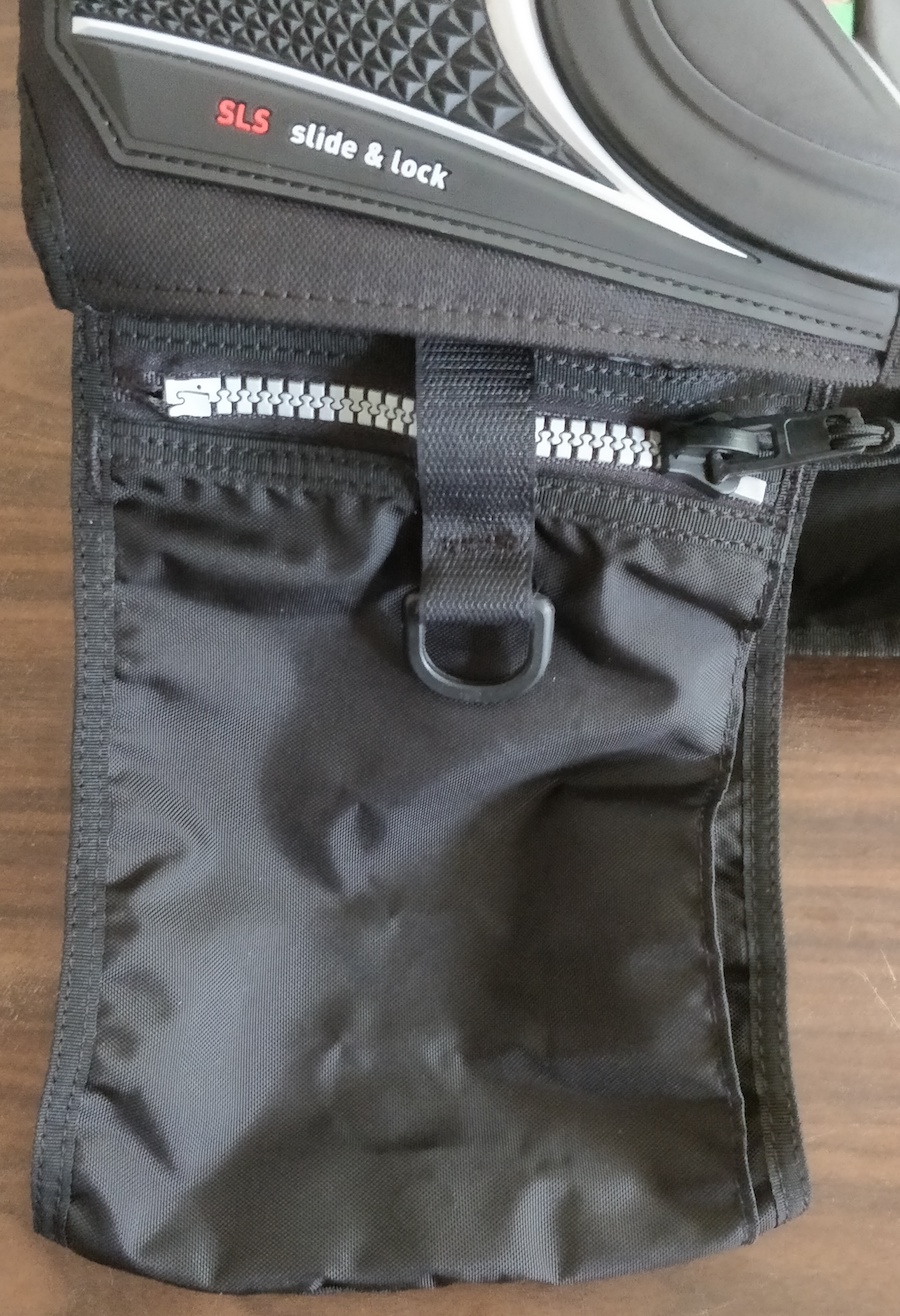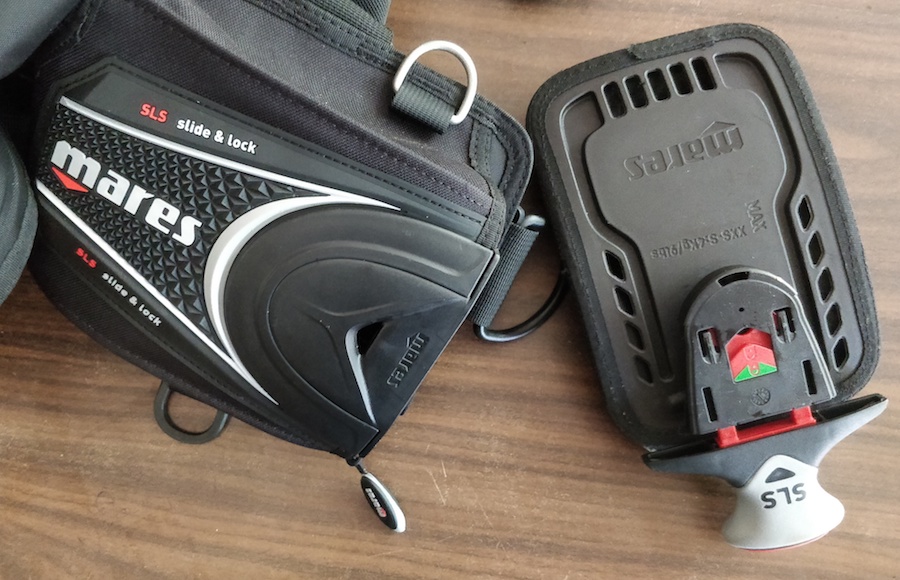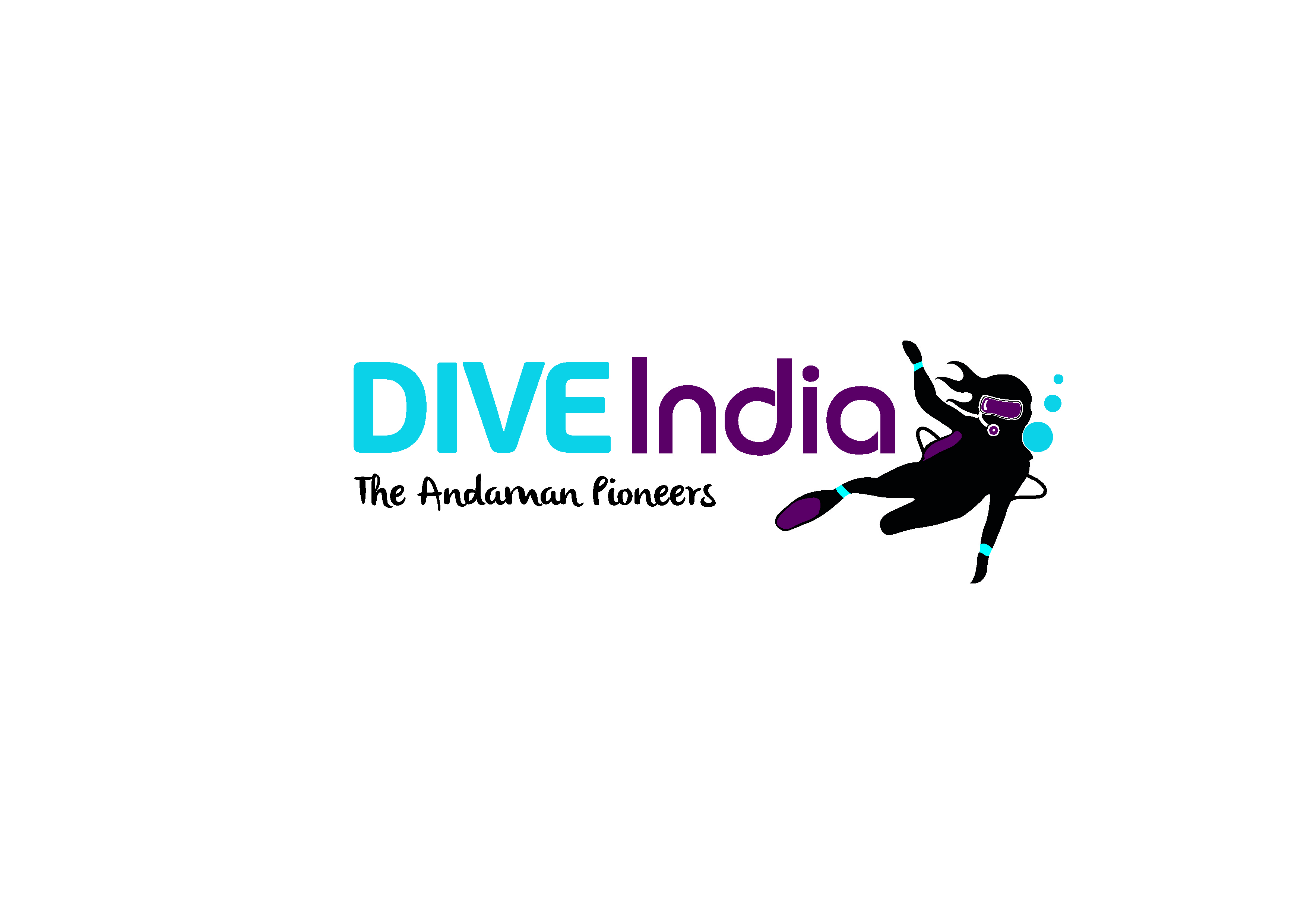DIVE Site: The Slope
DIVE PROFILE
MAX DEPTH: 18 meters | 12 meters, depending on diver certification level
AVERAGE DEPTH: 7-10 meters
BOTTOM TIME: 45 – 60 minutes
About the Dive Site: The Slope
The Slope is one of our favourite shallow dive sites because we’ve known and befriended its residents for many years now. In terms of proximity, Slope is the Wall’s closest neighbour but despite the nearness, the topography could not be more different. Imagine the Slope to look like an amphitheatre with parallel ridges placed like cascading rows of seats gently sloping downwards. The ridges are mostly sandy but interspersed every now and then with large boulders of corals. This is a fairly large dive site and needs to be dived more than once to see all of it. On the flipside, there is a lot that you can see here, even without covering the whole extent of it.
The sandy patches are great places to look for echinoderms (sea stars, cushion stars, brittle stars, sea cucumbers), molluscs and crustaceans. The boulders are where you see clouds of damselfish, fusiliers and cardinalfish. Reef fish are in good diversity and abundance here. Groupers keep territories around here and you can observe this behaviour unfold as you swim over the rocks.
We consider the Slope to be shrimp central. Look here for banded boxer shrimps, Durban dancing shrimps, ambon shrimps, marbled shrimps, glass shrimps, cleaner shrimps and several more. Forgot to mention how this site is also a great place to look for pipefish, scorpionfish, anemonefish, boxfish, giant clams, wrasses, barrel sponges, gorgonians and sea whips. There is the occasional sea turtle, Kuhl’s sting ray, Buford’s crocodile flathead and banded sea krait spotted here as well. To paint the water blue and silver, there are red-toothed triggers and mackerel always passing by.
As we shallow up towards the end of the dive, we pay a quick visit to the submerged pillars of a floating white lighthouse which is home to oysters, peacock mantis shrimps, schooling batfish and different species of lionfish. We like to end our dive at the shallowest ridge which lies at approximately 5 meters deep, best enjoyed during your safety stop!
If you are coming to us to fun dive, do your open water, advanced, underwater naturalist or deep specialities…we can take you to the wall 🙂
Pictures clicked at Dive Site: The Slope, Andamans

